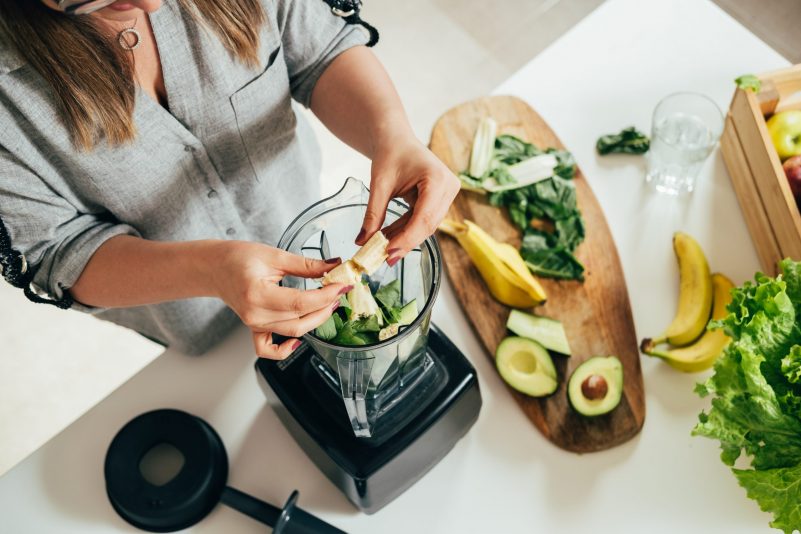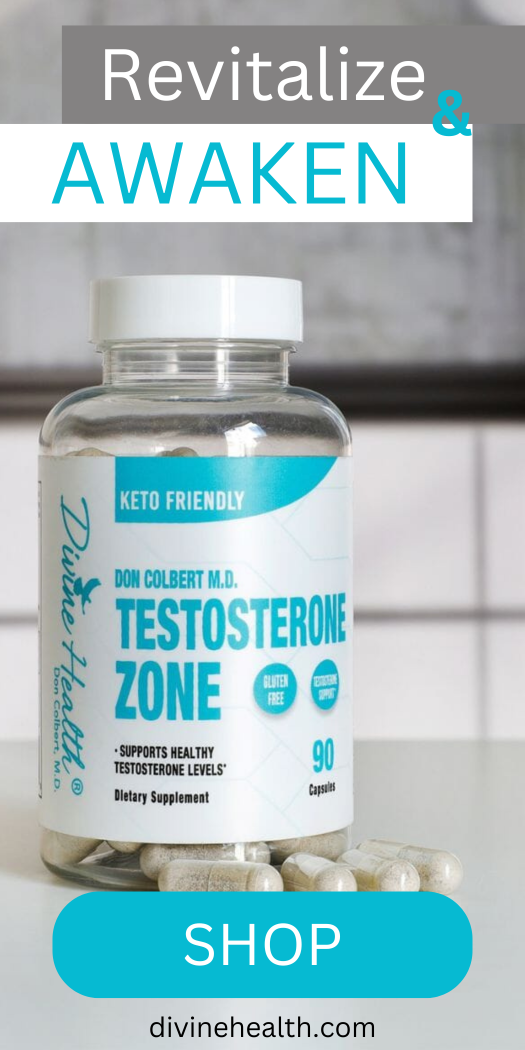Trying to build muscle on Keto Zone? While Keto Zone is primarily used for those who want to lose weight, and not add bulk, many Keto Zoners are interested in building muscle.
It can be done.
Contrary to popular belief, you don’t need a predominantly high-protein diet to build muscle.
While dieting plays a role, muscle is built by challenging the muscles through weights/resistance, providing enough nutrients for growth, and providing time for recovery.
Sound difficult? It definitely takes work to build muscle on Keto Zone, just like with any eating plan.
Here’s how to build muscle on Keto Zone.
Needed Nutrients to Build Muscle on Keto Zone
First, your body must undergo protein synthesis to build muscle. But, this doesn’t mean that large amounts of protein have to be consumed, just that protein must be broken down and resynthesized in the body.
mTOR is the protein responsible for building muscle mass and is also involved with signaling pathways in the body needed to synthesize muscle mass (1, 2).
Amino Acids and mTOR
Amino acids are necessary for building muscle, plain and simple. However, the amount of protein in your diet isn’t nearly as high as many bodybuilders think. Take a look at vegetarian and vegan bodybuilders for example, many of them consume far fewer grams of protein than traditional bodybuilders.
What’s more, we can target specific amino acids post-workout to improve muscle building.
Amino acids stimulate mTOR directly. Branched-chain amino acids (BCAAs), a group that includes valine, leucine, and isoleucine, are the most effective amino acids for stimulating muscle growth and reducing breakdown.
It makes sense, then, to increase BCAAs on the Keto Zone Diet while building muscle. In fact, consuming 20-30 grams of protein post-workout (including 2 grams leucine) can maximize protein synthesis.
You do need protein with every meal, even when not training if you want to stimulate mTOR and build muscle. You just don’t need to consume protein in huge amounts.
How does this fit into the Keto Zone Diet? Keep reading and find out how to put it all together.
Carbohydrates and mTOR
Do fats stimulate mTOR?
Not exactly. Dietary fats don’t seem to stimulate nor inhibit mTOR.
However, the resulting ketones produced when eating a low-carb high-fat diet, do stimulate mTOR. Big time.
In fact, studies show exogenous ketones stimulate mTOR with significant results. When exogenous ketones are taken after exercise, mTOR activation can double (in lab studies), which leads to muscle growth and good recovery (3).
Calories and Muscle Growth
Typically, extra calories are necessary for muscle growth and bulk.
Since many Keto Zoners naturally eat fewer calories, it’s worth noting that a 300+ calorie increase (above maintenance level) will likely be required.
How Keto Zone Indirectly Promotes Muscle Building
Beyond activating mTOR, the Keto Zone Diet can improve muscle building and body composition in other ways:
- If consuming brown-fat stimulating foods and drinks, like Keto Zone Coffee, Keto Zone Diet can improve metabolism through thermogenesis. MCT Oil Powder also promotes fat loss and improved metabolism.
- Since Keto Zone burns fat, body composition results is expedited when combined with muscle building.
- Ketones spare muscle breakdown to further improve muscle building.
The Plan: How To Build Muscle On Keto Zone
First, develop a baseline Keto Zone Plan to get you into ketosis. This plans should be 75% fats with only 20-30 grams net carbs. The remainder of the calories can be protein.
For example, if using an approximately 1800 calorie diet for maintenance:
- 75% of the calories from fats requires ~150 grams of fats per day spread through meals and snacks (such as fat bombs) =~1350 calories
- 30 grams of carbs = 120 calories
- 75 grams of protein per day (300 calories)
Of note, your performance will suffer initially while adapting to ketosis. For your whole life, you’ve taught your body to burn carbohydrates and glucose for energy. Changing this entire system to ketones takes time and adaptation. While you may feel great in everyday life, your workouts may feel tough for 1-2 weeks. Once adapted though, you will feel great again!
Next, optimize your Keto Zone Diet for muscle building:
- Make sure your baseline protein is spread throughout your meals and snacks
- Add ~300 calories above your maintenance amount to support muscle building; make them mostly protein.
- Include ~30 grams protein immediately after your resistance training workout. These 30 grams will add 120 calories. Add 10 additional grams of protein to meals or snacks, 3-4 times per day (this will add another 120-160 calories).
- To get the 30 grams of protein after a workout, mix:
- 1 scoop Exogenous Ketones (to stimulate mTOR)
- 1 scoop MCT Oil Powder (for a direct energy source without carbs)
- 20-25 grams protein powder (such as whey)
- 5-10 grams BCAAs (make sure your mix includes 2 grams leucine)
- Make sure you’re consuming adequate sodium and electrolytes. Most Keto Zoners should eat far more sodium than non-keto, around 4000-5000 milligrams of sodium per day. Consuming sodium right before a workout can really improve performance for Keto Zoners. Try adding 500-1000 milligrams sodium before your workout, either through an electrolyte drink like Nuun, through Exogenous Ketone, or other high sodium foods like pickles.
- Drink 80-100 ounces of water per day while building muscle. While it’s not necessary to consume extreme amounts, extra water supports muscle building and helps you avoid dehydration while training.
- Monitor your ketosis status using Ketone Test Strips. While extra protein can cause your body to increase gluconeogenesis and halt ketone production, when “timed” immediately after workouts and then spread throughout the day, you can stay in ketosis with higher protein.
Resistance Training Notes
It’s not all about diet. As most know, resistance training is essential for muscle building.
Our bodies walk a thin line between protein synthesis and protein breakdown. When we are inactive and not challenging our muscles, the balance it tipped toward muscle breakdown. When muscles are “overloaded” and challenged with weight lifting, protein synthesis takes place. mTOR is activated. Muscle breakdown is reduced.
If your goal is truly to build muscle on Keto Zone, you must engage in a serious and consistent resistance training program while putting the above Keto Zone Diet adjustment in place.
Research Support to Build Muscle On Keto Zone
Real-life research supports building muscle on Keto Zone.
Take this 2017 study on 25 men, for example. When combined with resistance training, both a Keto Diet and a Western Diet produced increases in lean body mass (muscle). However, the Keto Zone Diet also produced more fat loss, resulting in optimal body composition (4).
There’s little doubt that you can build muscle on a keto diet.
Bottom Line
If you want to build muscle on Keto Zone, it’s imperative to take steps to include a good resistance training program, increased calories, slightly increased protein, and adequate fluids and electrolytes. Gaining muscle on keto is absolutely possible and you can obtain the results you want.









